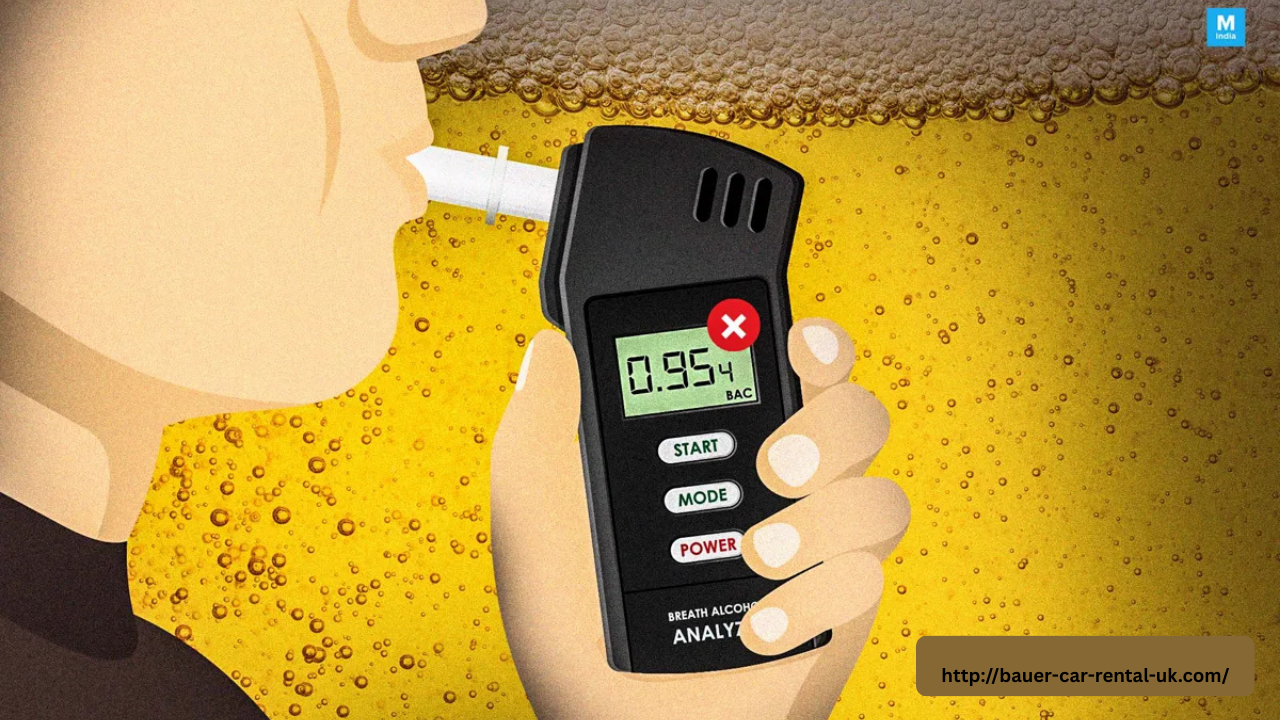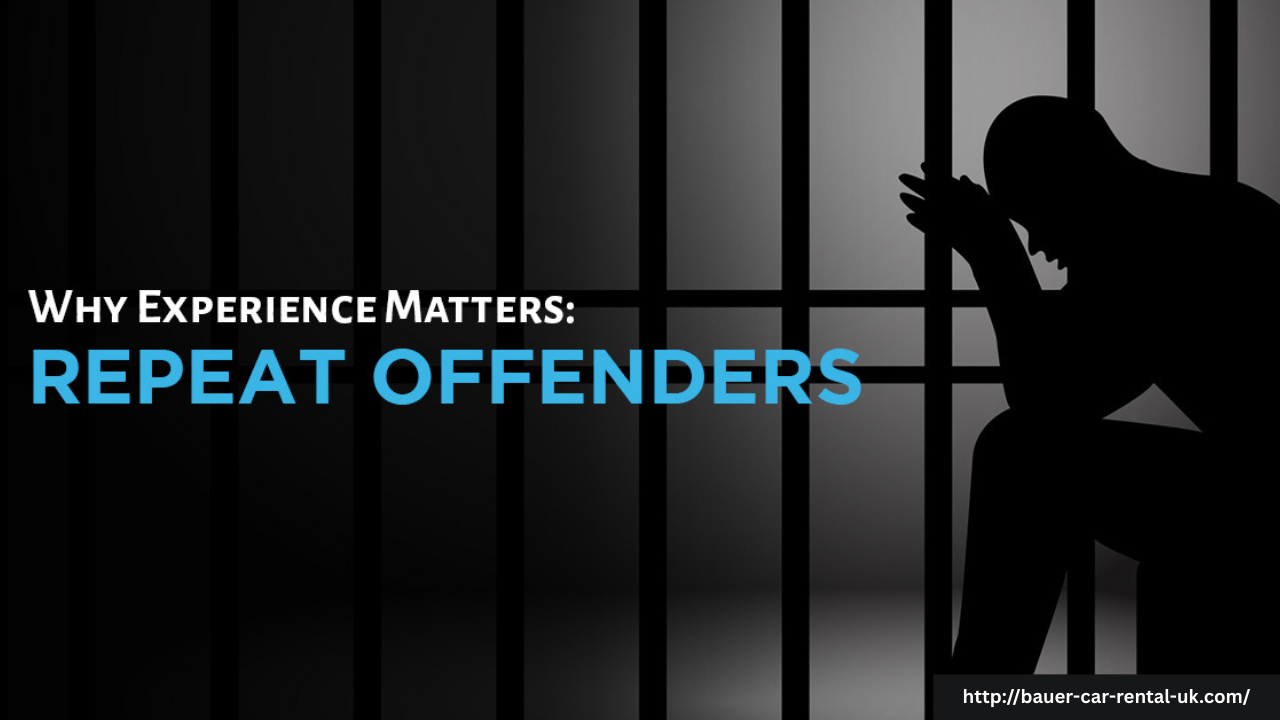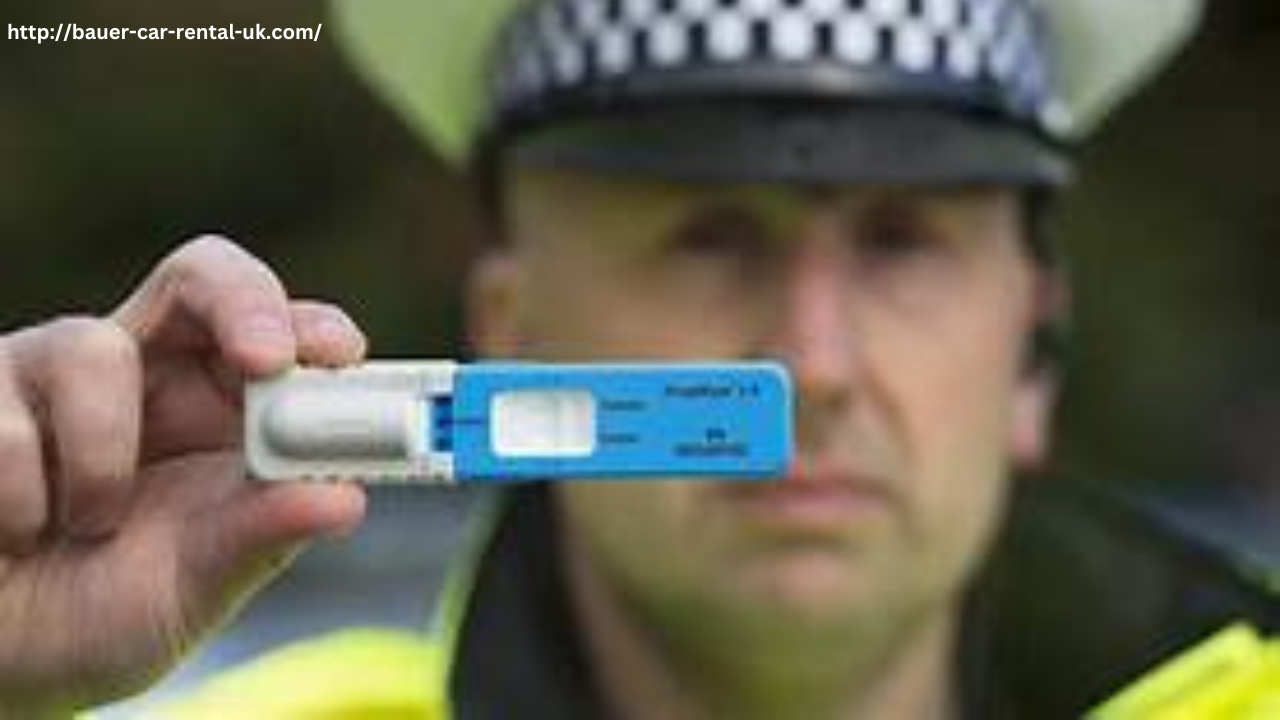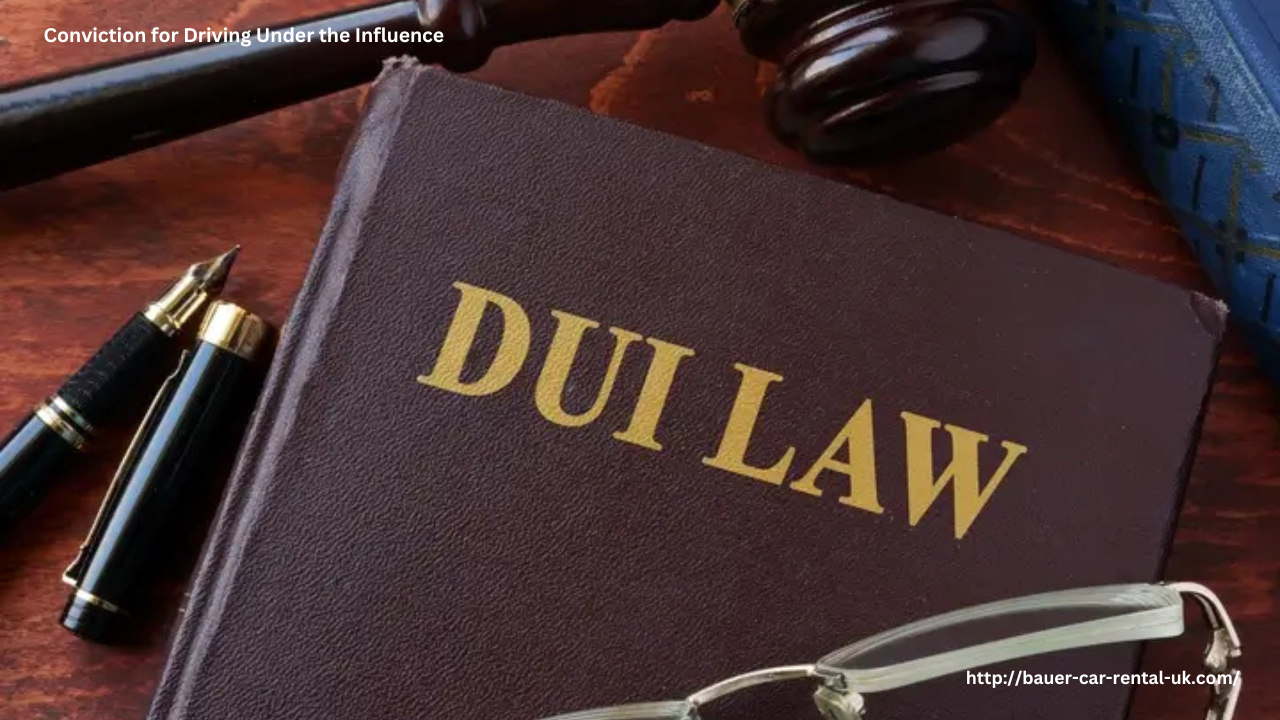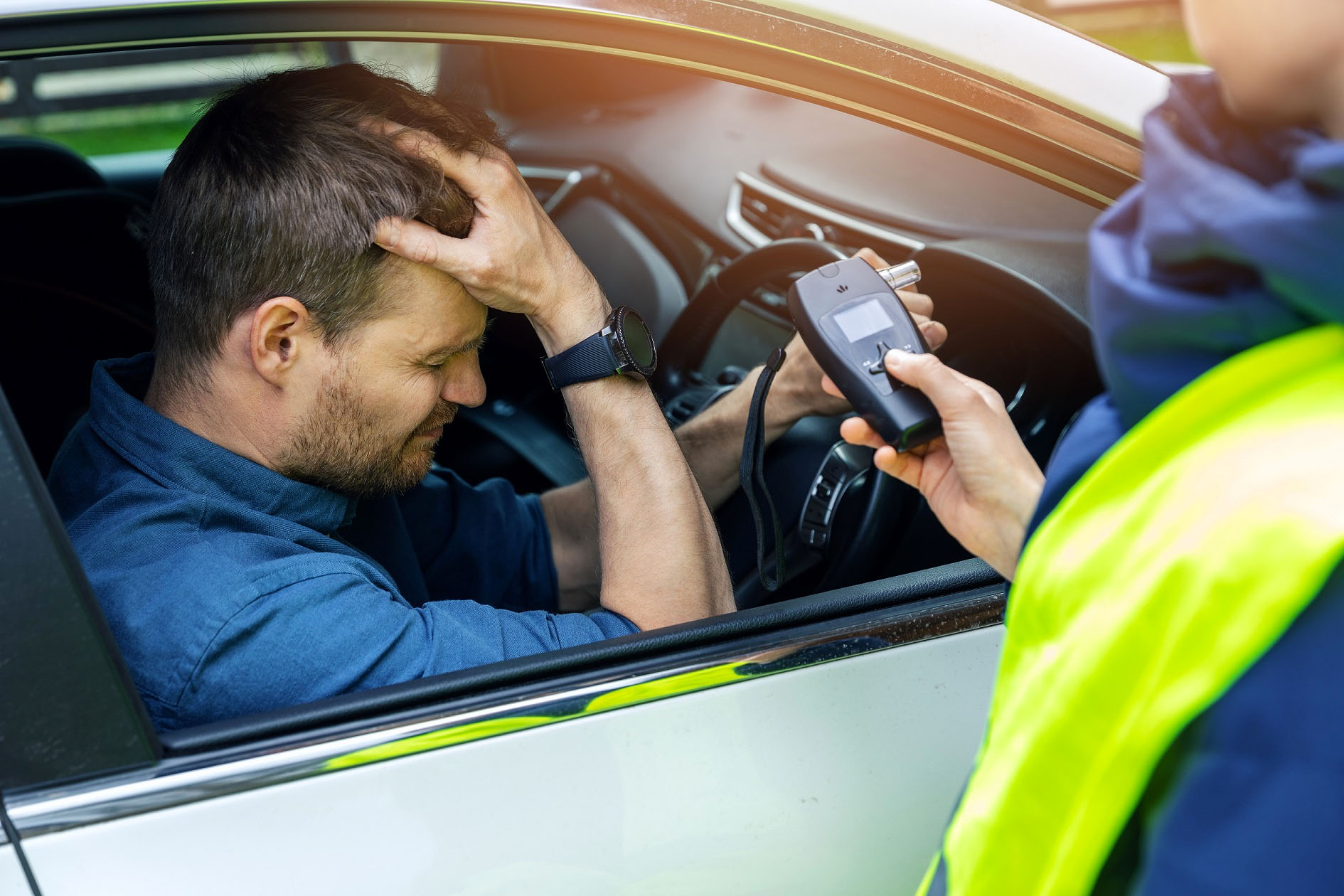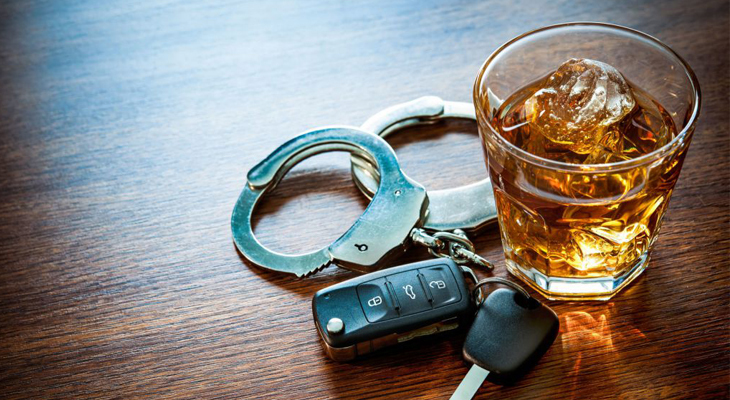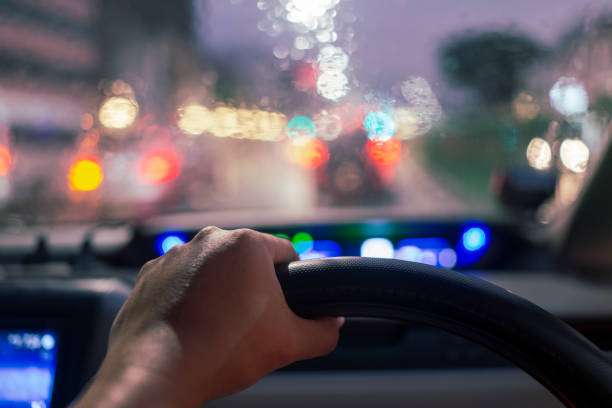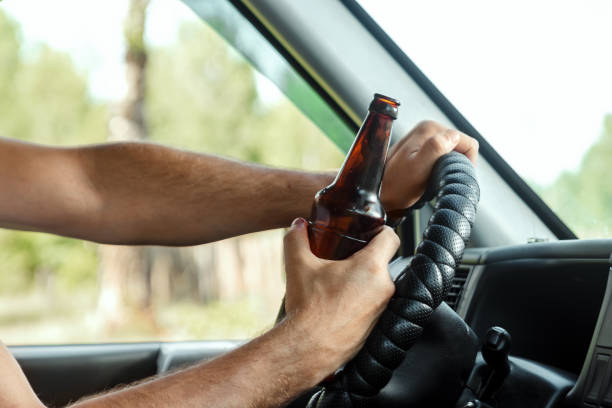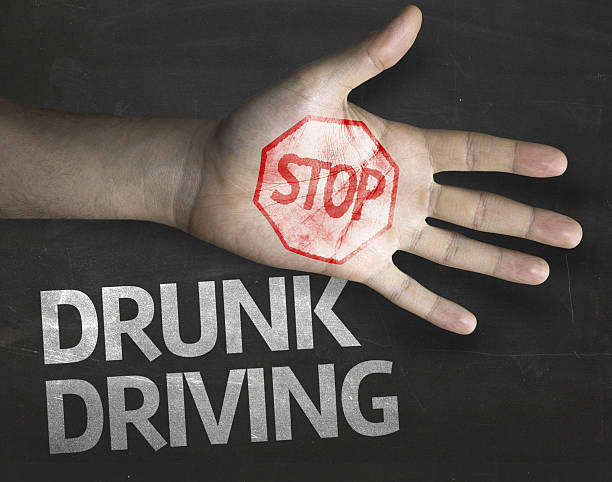Breathalyzers are one of the most commonly used tools by UK police to detect alcohol levels in drivers. These devices play a critical role in enforcing drink driving laws, providing immediate results that help determine whether a driver is over the legal limit. With advancements in technology, breathalyzers have become highly accurate and reliable, making them essential for roadside testing. This article explores the science behind how breathalyzers work and how they are used alongside other drug detection methods to ensure road safety in the UK.
How Breathalyzers Work
Breathalyzers estimate blood alcohol concentration (BAC) by analysing a person’s breath. When alcohol is consumed, it is absorbed into the bloodstream and eventually reaches the lungs. As a person exhales, a portion of the alcohol evaporates from the blood into the lung’s air sacs and is expelled in the breath.
Most modern breathalyzers use electrochemical fuel cell sensors or infrared spectroscopy to detect alcohol:
- Fuel Cell Technology: This is the most widely used method by police. When alcohol passes through the sensor, it undergoes a chemical reaction that produces an electrical current. The strength of this current correlates to the amount of alcohol present in the breath.
- Infrared Spectroscopy: Typically used in more advanced or evidential machines at police stations. It measures how much infrared light is absorbed by the alcohol molecules in the breath, offering a precise BAC reading.
Legal Alcohol Limits in the UK
The legal drink driving limit in the UK is:
- 35 micrograms of alcohol per 100 millilitres of breath
- 80 milligrams per 100 millilitres of blood
- 107 milligrams per 100 millilitres of urine
In Scotland, the breath limit is lower—22 micrograms per 100 millilitres—to reflect stricter drink driving laws.
Accuracy and Calibration
Breathalyzers are regularly calibrated to maintain accuracy. Police devices are tested and certified to ensure reliability. Results from handheld breathalyzers used on the roadside serve as preliminary evidence, while more accurate, evidential breath tests are performed at the police station.
Drug Detection Methods
While breathalyzers are designed for alcohol detection, they do not detect drugs. For drug driving, UK police use oral fluid (saliva) tests at the roadside. These tests detect substances such as:
- Cannabis
- Cocaine
- Methamphetamine
- Opiates
If a driver tests positive for drugs, they are arrested and taken for a blood test, which provides a definitive result on drug levels in the body.
Limitations and Defences
While highly accurate, breathalyzer results can be challenged in court under certain circumstances, such as:
- Improper calibration or maintenance of the device
- Medical conditions that interfere with results
- Residual alcohol in the mouth from recent consumption
Conclusion
The science behind breathalyzers and drug testing plays a vital role in upholding drink and drug driving laws in the UK. These technologies provide law enforcement with quick and effective tools to detect impaired drivers and maintain road safety. As technology continues to evolve, roadside testing is likely to become even more accurate and efficient in the fight against driving under the influence.
